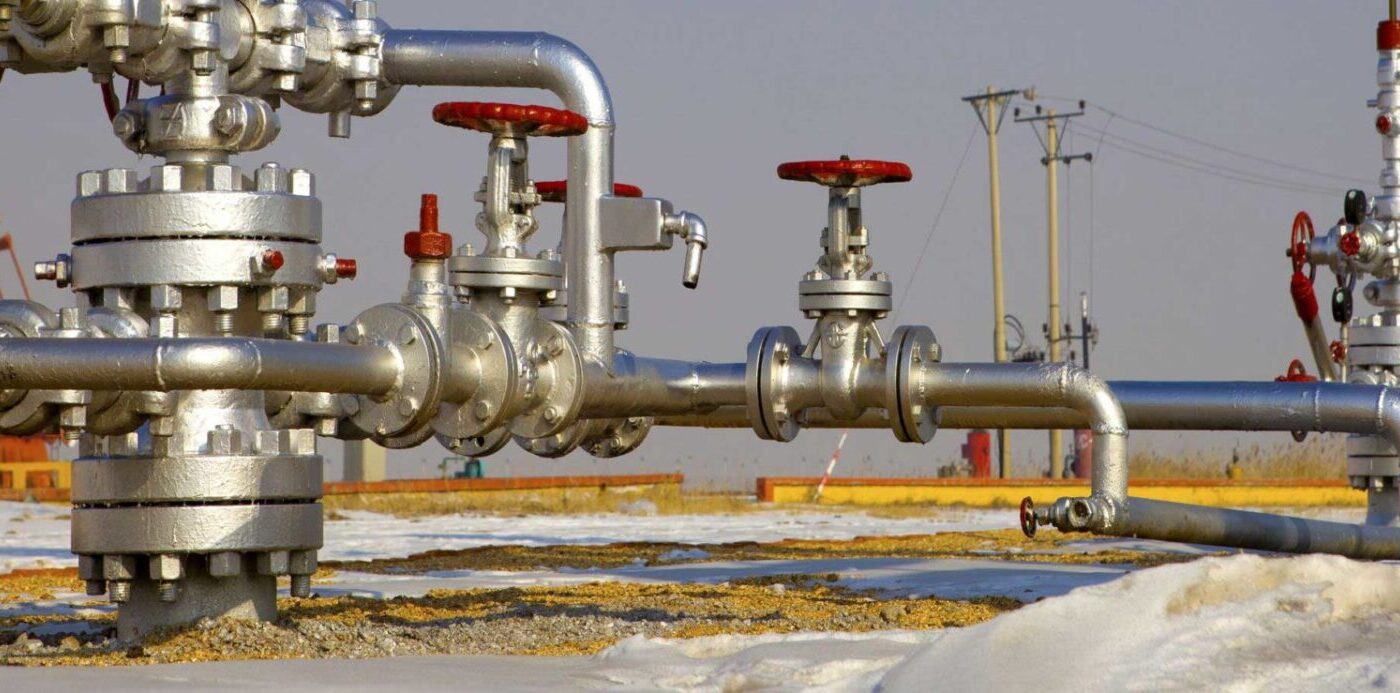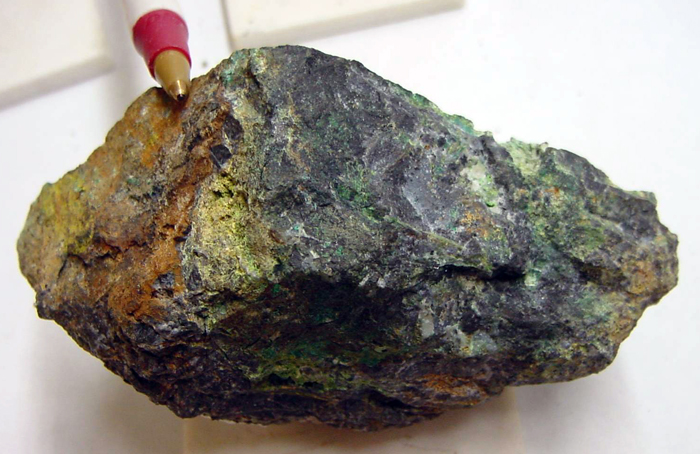Hydrates pose operational challenges in the oil and gas industry due to their tendency to plug pipelines and equipment. Hydrate inhibitors play a crucial role in preventing hydrate formation.
What are hydrates?
Hydrates are ice-like crystalline structures that form when water molecules come in contact with small hydrocarbon molecules under high-pressure and low-temperature conditions. The hydrate forming molecules get trapped within a cage structure of water molecules held together by hydrogen bonds. Common hydrocarbon molecules involved in hydrate formation are methane, ethane, and propane. Hydrate particles tend to agglomerate blocking the flow in pipelines and equipment leading to production shutdowns.
Different classes of hydrate inhibitors
There are various classes of Hydrate Inhibitors used in the oil and gas industry based on their modes of action:
Thermodynamic inhibitors
Thermodynamic inhibitors work by altering the phase equilibrium of the gas–water–hydrate system so hydrates do not form even under hydrate forming conditions. Common examples include methanol, ethylene glycol, and salt solutions. These tend to depress the freezing point of water preventing hydrate nucleation.
Kinetic inhibitors
Kinetic inhibitors function by preventing agglomeration of hydrate crystals through an antifreeze effect. Polyvinylcaprolactam and polyethyleneglycol are widely used kinetic inhibitors. They adsorb onto the hydrate crystal surface hindering further growth.
Anti-agglomerants
Anti-agglomerants act by preventing already formed hydrate particles from sticking together. They facilitate the flow of hydrates within the pipelines. Polymers like polyamide and polyvinylpyrrolidone are typical anti-agglomerants.
Thermodynamic inhibitors are often combined with kinetic inhibitors or anti-agglomerants for synergistic hydrate inhibition performance. Combination of different inhibitor classes ensures reliable hydrate control over a wide operational window.
Inhibitor selection criteria
The selection of an appropriate hydrate inhibitor is based on various process and economic factors which include:
– Operating conditions like pressure, temperature, fluid composition
– Flow assurance requirements
– Toxicity and environmental impact
– Storage stability
– Compatibility with production fluids
– Effectiveness in controlling different hydrate structures
– Injection and monitoring capabilities
– Overall treatment costs
The inhibitor concentration and type needs to be optimized considering flowline geometries, fluid velocities and extent of subcooling to achieve adequate inhibition levels.
Case studies on inhibitor applications
– Offshore deepwater production:
Methanol is commonly used as a thermodynamic inhibitor in deepwater wells producing high pressure gases prone to hydrate formation near seafloor. Its low freezing point depression aids in hydrate control especially during shutdowns.
– LNG transport:
Ethylene glycol provides effective long-term protection against clathrate hydrate formation in LNG carriers below -50°C. Its non-volatile nature prevents significant loss over time unlike methanol.
– Subsea pipelines:
Kinetic inhibitors like polyvinylcaprolactam in combination with thermodynamic inhibitors prevent initation and agglomeration of hydrate crystals during transportation of moist natural gas through long subsea pipelines below hydrate formation zone.
– Oil production facilities:
Anti-agglomerants like polyvinylpyrrolidone complement methanol based inhibition to ensure flow assurance in multi-phase production manifolds and flowlines prone to slug catch and hydrate plugging.
Regulations and safety for offshore applications
Offshore oil and gas operations involving hydrate inhibitors are regulated for personnel and environmental safety. Factors like biodegradability, toxicity and eco-labeling are specified for different jurisdictions. Water-glycol mixtures used widely are considered relatively safe with minimal long-term impacts if discharged overboard in regulated concentrations. However, strict controls are enforced for offshore chemical inventories and emergency response planning to any accidental releases. Periodic environmental monitoring and impact assessment studies are also mandated at operating facilities.
*Note:
1. Source: Coherent Market Insights, Public sources, Desk research
2. We have leveraged AI tools to mine information and compile it




